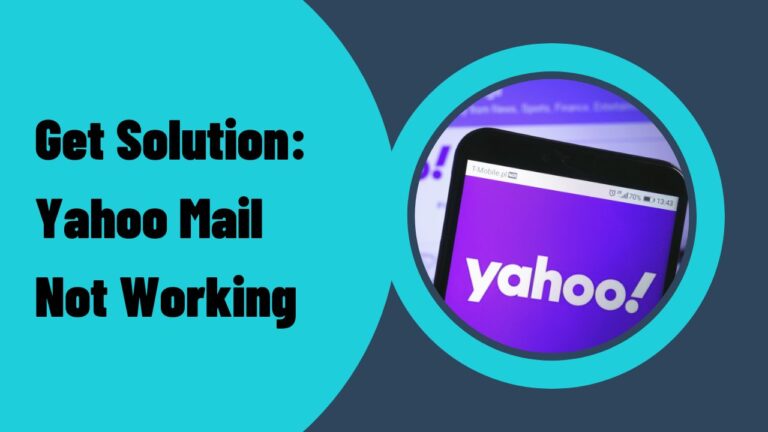Software is a major investment in both time and capital. How can businesses be confident they’re getting their money’s worth?
Extracting the most value from business software starts long before you make a purchase decision.
First, you need to choose the right software to solve your business’s problems. Then, you need buy-in from stakeholders and a plan to implement your new software.
This process is time-consuming, but the alternative is worse. Rushing through software procurement decisions creates problems like low user adoption, improper configuration, and data security issues.
If you want to avoid these problems, you need to take the proper steps to purchase and implement business software. In this guide, Digi Knowlogy will walk you through the software procurement and implementation process so you reap the most benefit from your investment.
6 Steps for Business Software Procurement Success
1. Define your needs
Don’t start your software search by researching solutions. Instead, start with the problem.
Understanding your business’s needs prevents you from falling victim to savvy marketing and ending up with a stockpile of unused software inventory, also known as shelfware.
These are common reasons to invest in business software:
Automate a manual process
Manual processes are time-consuming, error-prone, and expensive. Typical manual processes to automate include data entry, payroll processing, reporting, invoicing, and lead nurturing.
Business automation works best when business software is integrated so different apps communicate with one another rather than manually transferring data from one app to another.
Scale without hiring
Automation is one proven labor-saving strategy, but it’s not the only way to grow your capacity without hiring staff.
Software that streamlines key tasks like customer service, data analytics, and sales reduces operational efficiencies and benefits employee morale by eliminating repetitive work. The result is a more productive business without the cost of new hires.
To understand where to invest, identify the bottlenecks in business operations. Losing leads due to a lack of communication, failing to respond to customer service inquiries in a timely manner, and fulfillment and distribution delays are common bottlenecks that can be solved with software.
Improve communication and collaboration
A team’s ability to communicate and collaborate also has a big impact on internal efficiencies. That’s especially true for remote and distributed teams, which rely on virtual communication in the absence of face-to-face interaction.
Collaboration software prevents information silos and avoids inefficiencies like back-and-forth emails whether your team is on-site or off. Collaboration tools include features like instant messaging and chat rooms, video meetings, document sharing, and task and project management.
Track inventory across multiple locations
Modern inventory management is more complicated than counting stock in a back room. Businesses today have multiple locations, sell on multiple channels, and source materials from around the globe.
As a result, businesses need technology like advanced inventory management tools that allow for real-time visibility. That includes the ability to monitor stock quantity, location, and order status along with insights into true product costs.
2. Establish basic software requirements
Businesses also need to consider their size, budget, security and compliance, and existing tech stack when selecting software.
The right software for your business supports enough users for your needs, integrates with other business software in your tech stack, and has the potential to scale alongside your business. Pay attention to data security, especially when purchasing cloud-based software.
3. Seek stakeholder buy-in
After establishing a general framework of your software needs, it’s time to talk to the stakeholders. Stakeholders in a software purchase include the end users, department heads, IT staff, and legal and financial teams.
Stakeholder feedback prevents blind spots by providing insight into end user needs, industry developments, and barriers to implementation.
Most importantly, involving stakeholders early in the software procurement process avoids problems with low user adoption. When stakeholders understand why you’re implementing new software and have an opportunity to share feedback, they develop a sense of buy-in that drives success.
4. Research software options and vendors
This step is where most companies start in the software procurement process. However, it’s important to understand your needs before diving into the myriad tools available today.
After identifying software that meets your core requirements, dig deeper into features, pricing options, customer support, and user reviews. Look beyond the tool itself and make sure the vendor is a company you trust. Industry referrals are one of the best ways to identify high-quality software vendors.
Large enterprises searching for highly customizable software solutions typically submit a request for proposal to top prospects. If purchasing off-the-shelf software, book a demo to evaluate a vendor on communication, service, and product quality.
5. Purchase your software
At this point, you’re ready to make a purchase decision. Make sure you understand the terms of your software contract including payment terms and services provided post-purchase. Many software-as-a-service providers offer discounts to customers who pay annually as opposed to monthly.
Pay special attention to clauses in software license agreements that dictate how the software may be used or modified, limitations of liability, and warranty and cancellation terms. Some types of software licenses are more restrictive than others.
6. Onboard and train
Onboarding is the final step in software procurement. It’s also where many businesses go wrong.
New software onboarding helps employees get the most out of a new tool. Onboarding should include a general introduction to new software alongside tailored sessions for specific teams and users.
Offer software training in multiple formats to accommodate different learning styles. While some employees learn best with hands-on demonstration, others prefer classroom-style instruction.
Onboarding acquaints employees with new software. However, developing advanced users requires ongoing effort. Appoint managers to provide further training within their department and act as a liaison between employees and other stakeholders.
How to Evaluate Business Software ROI
How can you be certain you’re getting enough value out of your software investment? Measuring the return on software investments isn’t as simple as tracking dollars in and dollars out.
Software can increase revenue, but it usually does so indirectly. Software may reduce costs, expand staff capacity, eliminate errors, or improve overall financial management. Software also generates intangible benefits like employee satisfaction and streamlined collaboration with vendors.
To understand the metrics that matter most, reflect on the business need that triggered your software purchase. Did your investment solve those problems or did the software fall short of strategic objectives?
Purchasing new business software isn’t a decision to make lightly. While it might seem harmless to make impulsive software decisions given today’s affordable software-as-a-service solutions, the costs of shelfware add up and impact your bottom line.
When you want software that takes your business to the next level, do your due diligence during the software procurement process and spend the necessary time on implementation and onboarding. While this means a greater investment up-front, it’s the best way to guarantee long-term value from your new business software.







